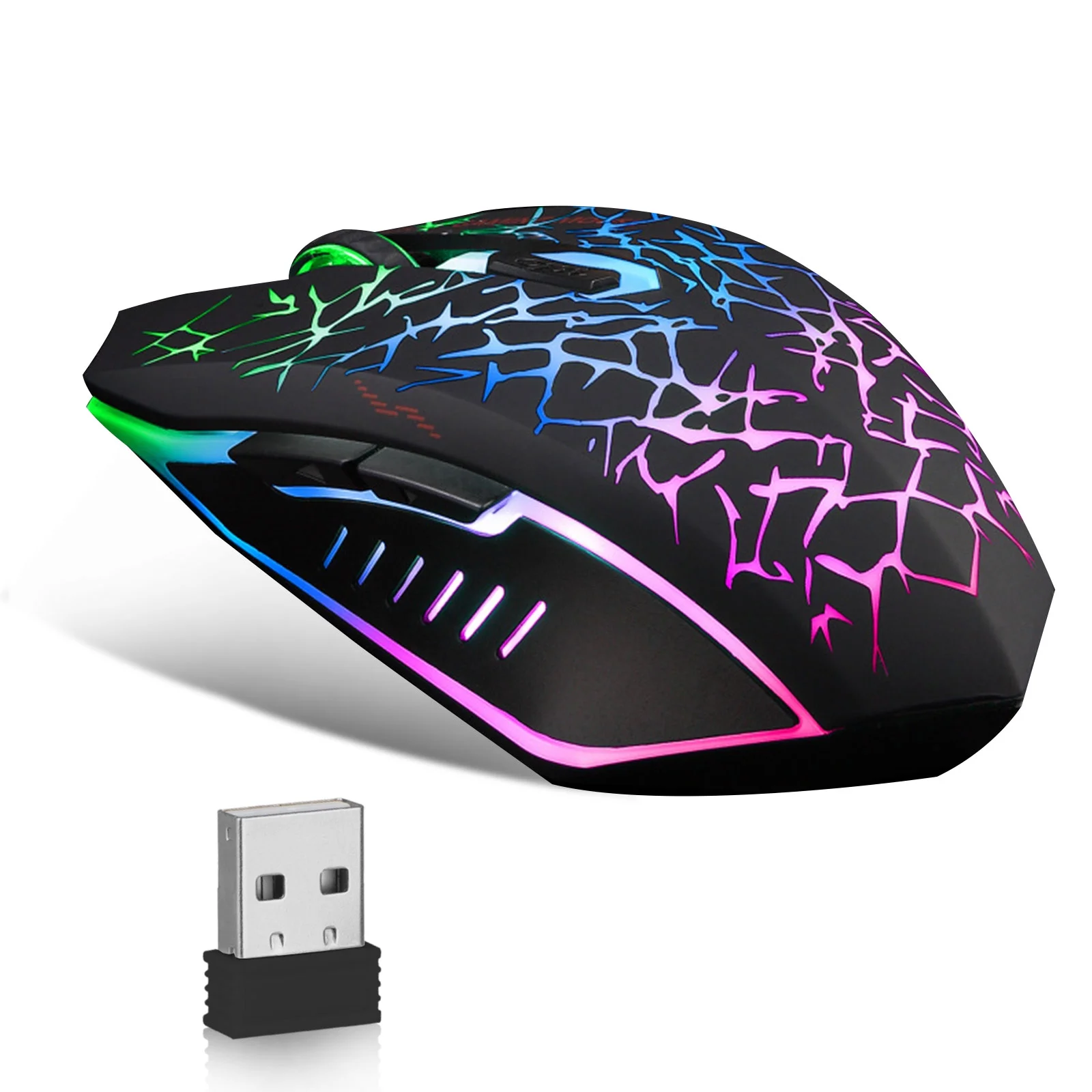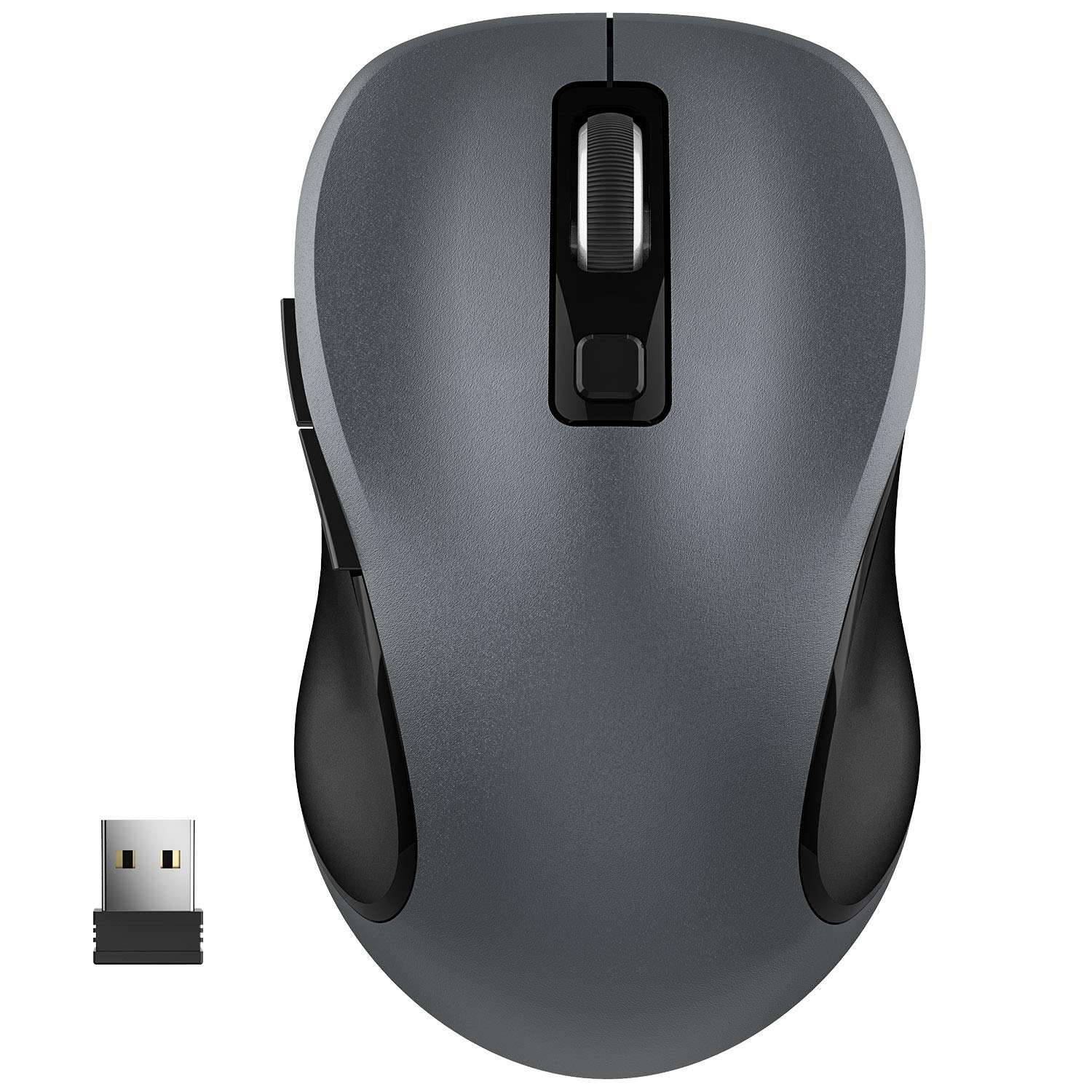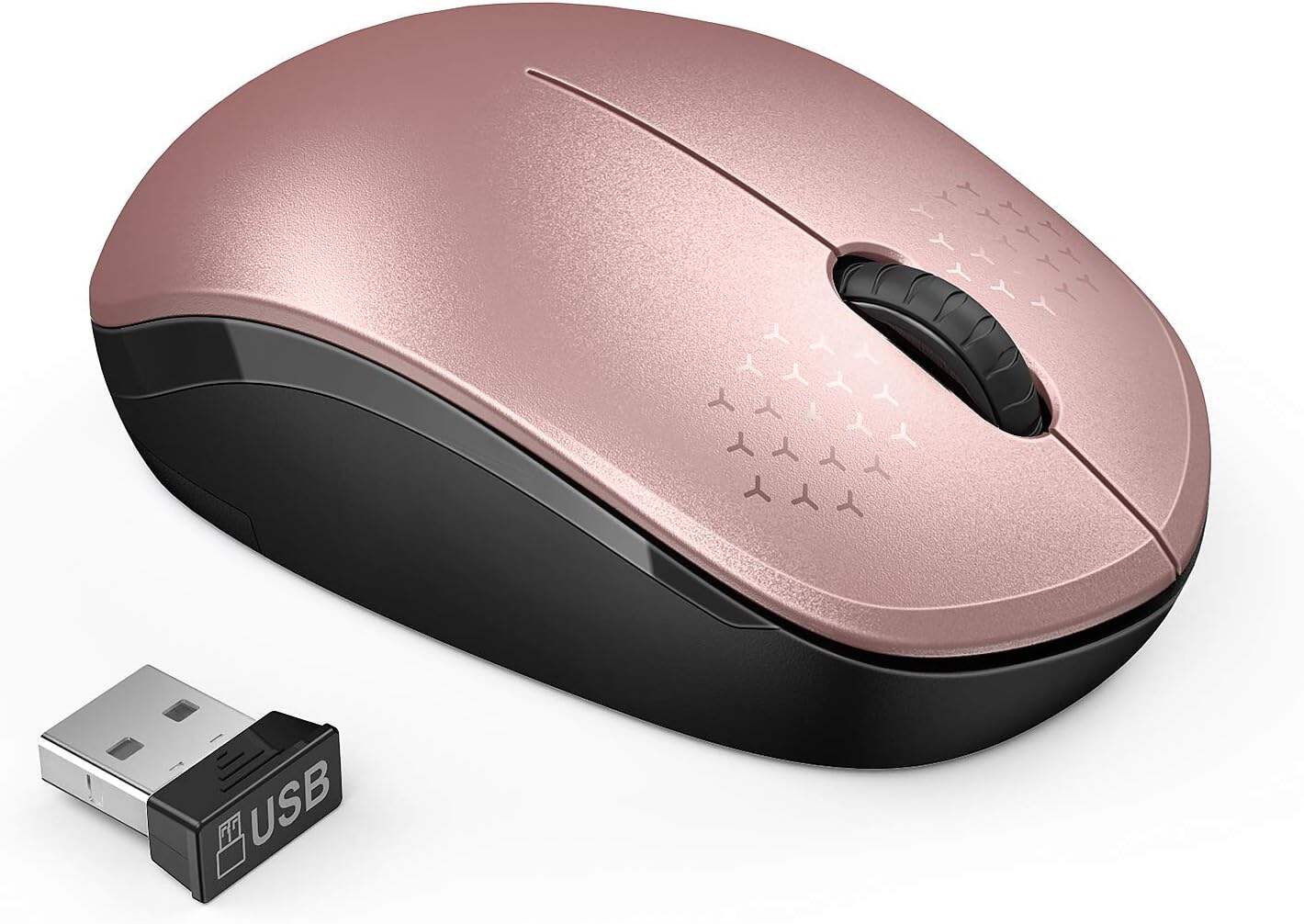A laptop wireless mouse is a versatile peripheral designed to provide precise and convenient control for laptop users, offering the freedom of cable-free operation while maintaining performance and reliability. These mice use wireless technologies such as Bluetooth, 2.4GHz RF, or a combination of both to connect to the laptop, eliminating the need for a physical cable and reducing clutter. Key features of laptop wireless mice include portability, battery life, ergonomic design, and sensor performance, making them suitable for both handle official business and light gaming applications. Wireless connectivity options are a primary consideration in laptop mice. Bluetooth mice connect directly to the laptop's Bluetooth radio, which is ideal for devices without extra USB ports, though they may have slightly higher latency compared to 2.4GHz models. 2.4GHz mice use a small USB receiver that plugs into the laptop's USB port, providing a stable connection with low latency, often within a range of 10 meters. Some mice offer dual connectivity, allowing users to switch between Bluetooth and 2.4GHz modes, which is useful for connecting to multiple devices. Battery life is a critical factor, with most wireless mice offering anywhere from 1 to 24 months of use on a single charge or battery replacement, depending on the model and usage patterns. Higher-end mice may feature rechargeable batteries with USB-C or Lightning charging ports, while budget models often use replaceable AA or AAA batteries. Energy-saving technologies like automatic sleep mode when the mouse is inactive help extend battery life, and some manufacturers include battery status indicators in their software or on the mouse itself. Sensor performance determines the mouse's accuracy and responsiveness. Optical sensors are the most common, with DPI (dots per inch) ratings ranging from 1000 to 16,000, allowing users to adjust the sensitivity based on their needs. Higher DPI is useful for large displays or precise tasks, while lower DPI is better for detailed work. IPS (inches per second) and acceleration ratings measure the mouse's ability to track fast movements without skipping, with most laptop mice offering sufficient performance for everyday use, though gaming-focused models may have higher specs. Ergonomics are important for comfort during long use sessions. Laptop wireless mice come in various designs, including ambidextrous shapes for left and right-handed users, ergonomic designs for right-handed users with contoured grips, and compact sizes for portability. Some models feature rubberized grips or textured surfaces to improve hold, while others have minimalistic designs for a sleek appearance. The number of buttons also varies, with basic mice having 2-3 buttons and more advanced models offering additional programmable buttons for shortcuts or macros, which is useful for productivity or gaming. Additional features of laptop wireless mice may include silent clicks for quiet environments, adjustable scroll wheels with ratchet or free-spin modes, and compatibility with software that allows users to customize button functions, DPI settings, and lighting (if equipped with RGB). Brands like Logitech, Microsoft, and Apple are popular in this space, offering a range of options from budget-friendly models like the Logitech M330 Silent Plus to premium options like the Logitech MX Master 3S, which features advanced ergonomics and cross-device control. When choosing a laptop wireless mouse, users should consider their primary use case (办公,creative work, or gaming), portability needs, connectivity preferences, and budget. While wireless mice may have slightly higher latency than wired models, advancements in technology have minimized this difference, making them a practical and convenient choice for most laptop users. Their cable-free design, long battery life, and customizable features make them an essential accessory for enhancing productivity and comfort when using a laptop.


